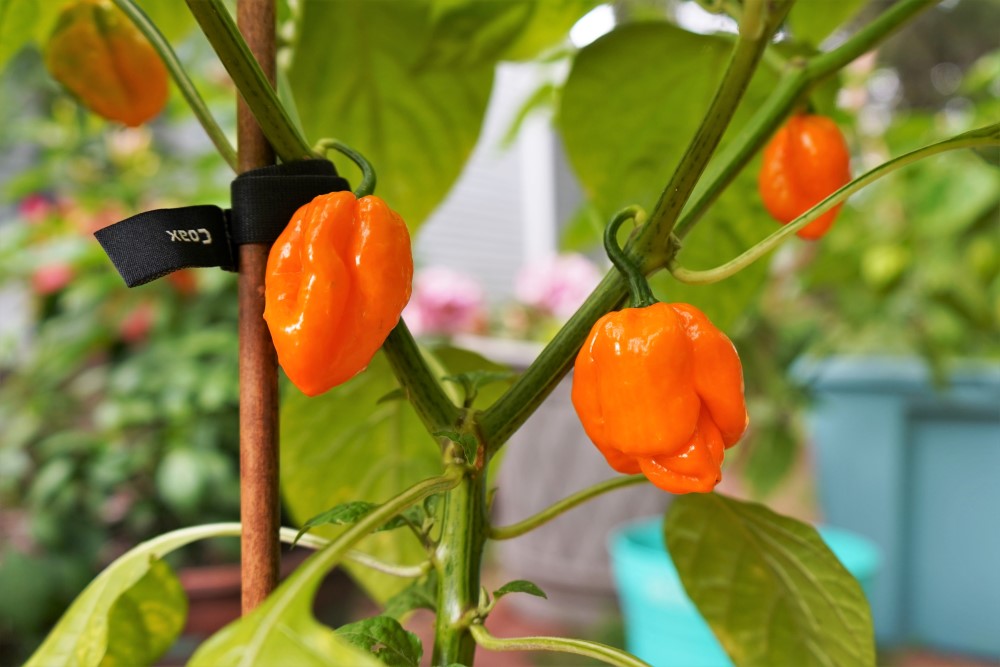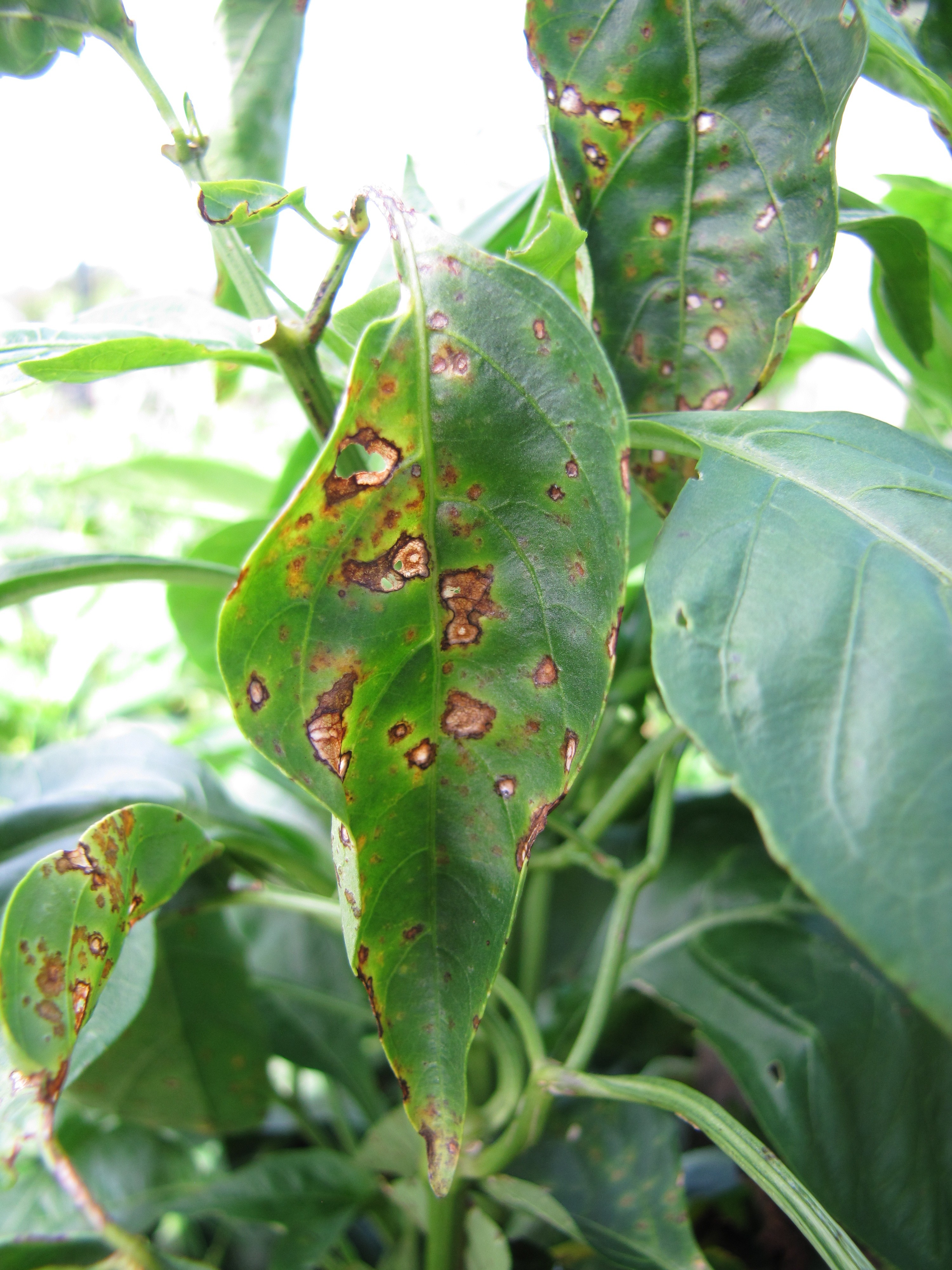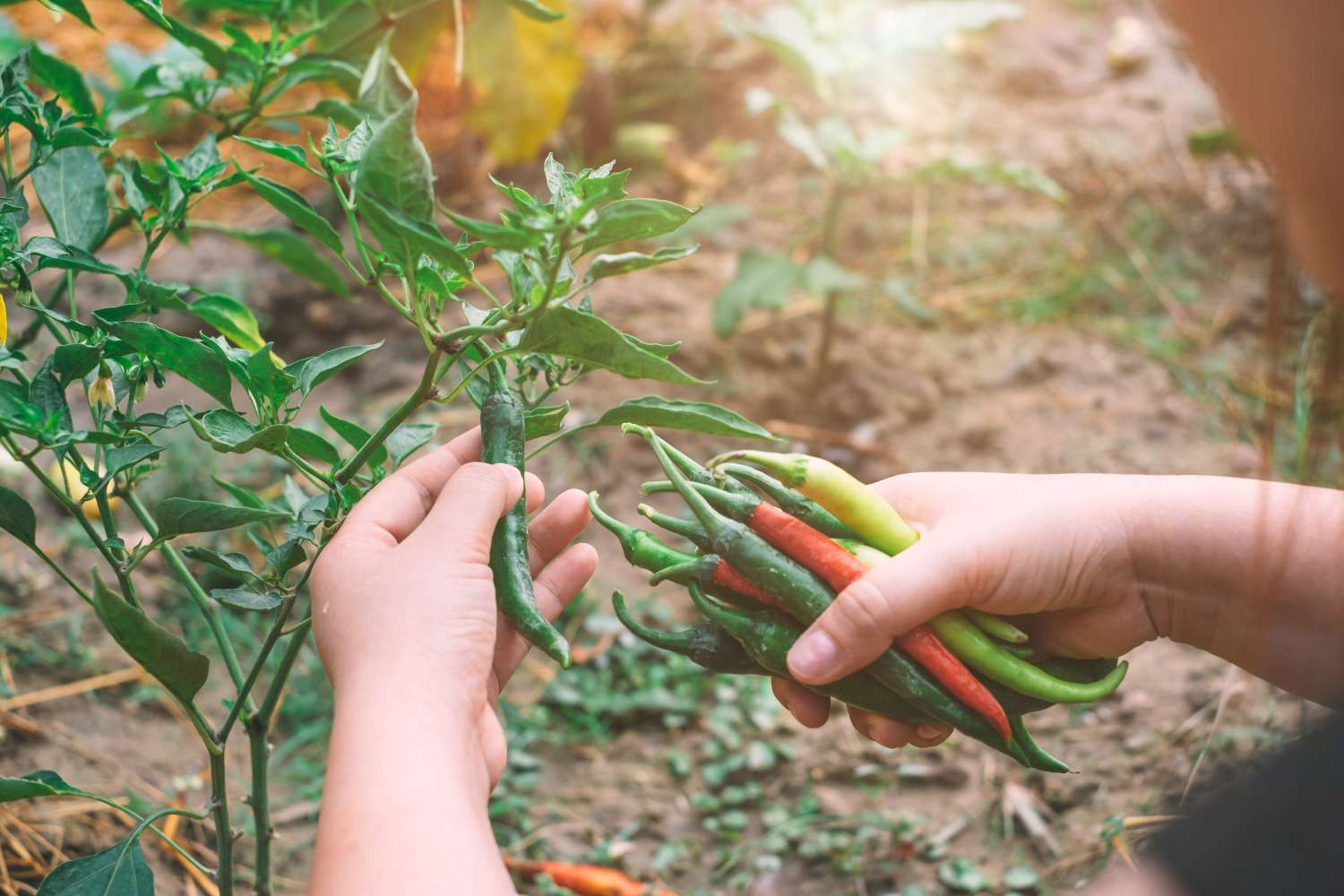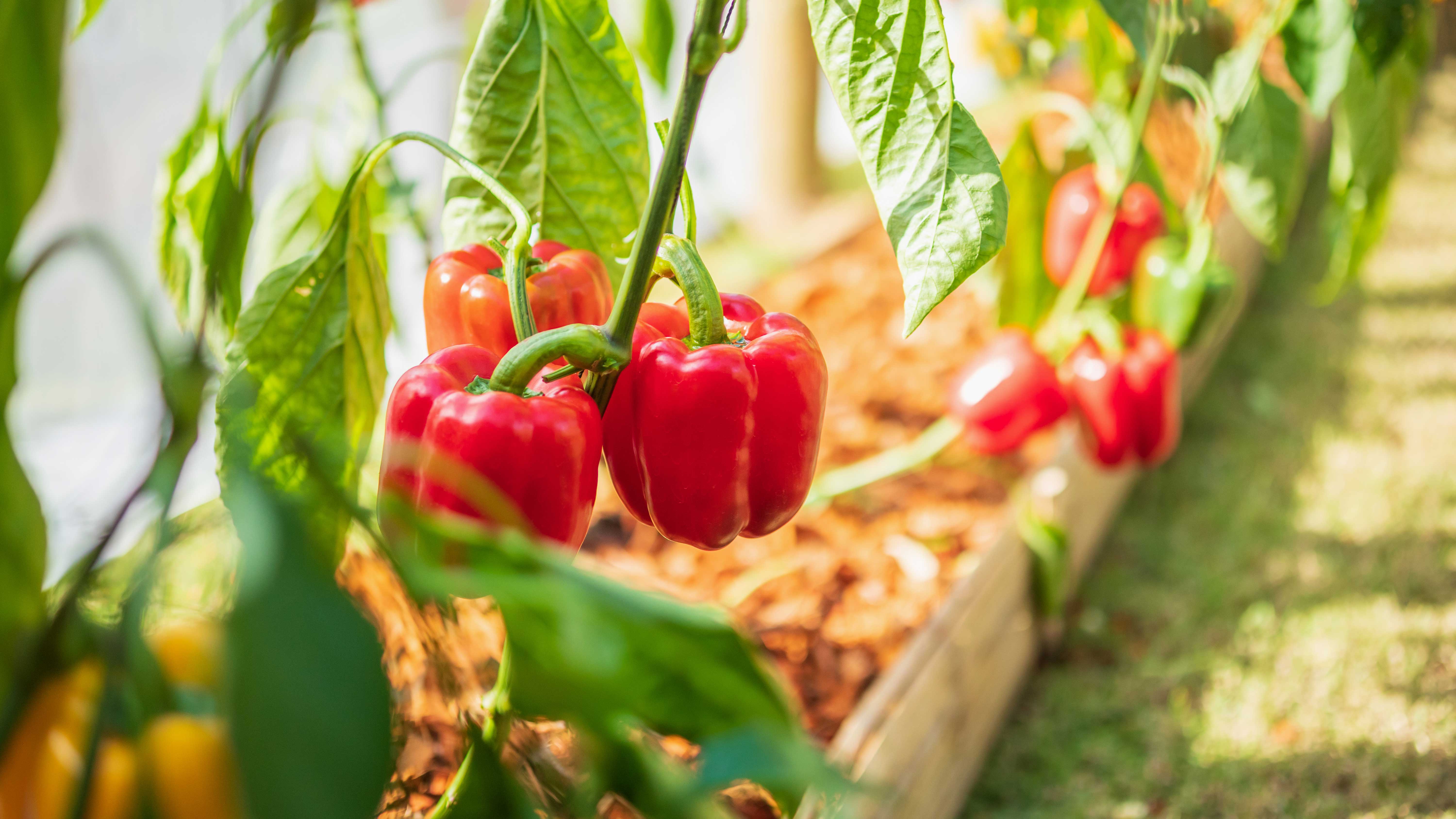The Pepper Ripening Process: What to Expect
Pepper ripening is a complex process that involves a series of physical and biochemical changes. From the moment a pepper flower is pollinated, the fruit begins to grow and develop, eventually reaching maturity. The entire process can take anywhere from 70 to 120 days, depending on factors such as temperature, light, and watering.
During the ripening process, peppers undergo a series of changes, including an increase in size, color, and sweetness. The exact timing of these changes can vary depending on the specific pepper variety, but most peppers will begin to turn color and soften as they ripen.
Understanding the pepper ripening process is essential for gardeners and farmers who want to optimize their harvest. By knowing what to expect, growers can provide the best possible conditions for their pepper plants, including adequate water, nutrients, and support. This can help to promote healthy growth and development, ultimately leading to a more bountiful and flavorful harvest.
One of the most common questions among pepper enthusiasts is “how long do peppers take to ripen?” The answer, of course, depends on a variety of factors, including the specific pepper variety, growing conditions, and care. However, by understanding the pepper ripening process and providing optimal growing conditions, growers can help to ensure a successful and flavorful harvest.
In general, peppers can be divided into two main categories: sweet peppers and hot peppers. Sweet peppers, such as bell peppers and pimento peppers, tend to ripen more quickly than hot peppers, such as jalapeños and habaneros. However, the exact ripening time will depend on the specific variety and growing conditions.
By understanding the pepper ripening process and providing optimal growing conditions, growers can help to ensure a successful and flavorful harvest. Whether you’re a seasoned gardener or just starting out, knowing what to expect from your pepper plants can help you to optimize your harvest and enjoy a more bountiful and flavorful crop.
Factors Affecting Pepper Ripening Time
Several factors can impact the time it takes for peppers to ripen, including variety, climate, soil quality, and pruning practices. Understanding these factors can help growers optimize their pepper plants’ growing conditions and ensure a timely harvest.
Pepper variety is one of the most significant factors affecting ripening time. Different varieties have unique characteristics, such as days to maturity, that can impact the ripening process. For example, bell peppers typically take around 70-80 days to mature, while jalapeños can take up to 120 days. Knowing the specific variety’s days to maturity can help growers plan and prepare for the harvest.
Climate is another crucial factor affecting pepper ripening time. Temperature, humidity, and sunlight exposure can all impact the ripening process. Peppers typically thrive in warm temperatures between 65-85°F (18-30°C), with optimal ripening occurring in temperatures around 75-80°F (24-27°C). Extreme temperatures, either hot or cold, can slow down or speed up the ripening process.
Soil quality also plays a significant role in pepper ripening time. Well-draining, fertile soil with a pH between 6.0-6.8 can promote healthy plant growth and timely ripening. Poor soil quality, on the other hand, can lead to nutrient deficiencies and delayed ripening.
Pruning practices can also impact pepper ripening time. Pruning can help control plant size, promote air circulation, and increase sunlight penetration, all of which can contribute to a more efficient ripening process. However, over-pruning can stress the plant and delay ripening.
Other factors, such as watering and fertilization, can also impact pepper ripening time. Consistent moisture levels and balanced fertilization can promote healthy plant growth and timely ripening. However, over-watering or under-fertilization can lead to delayed ripening or reduced fruit quality.
By understanding the factors that affect pepper ripening time, growers can take steps to optimize their growing conditions and ensure a timely harvest. Whether you’re growing peppers for personal consumption or commercial production, knowing how to manage these factors can help you achieve a more successful and flavorful crop.
So, how long do peppers take to ripen? The answer depends on a variety of factors, including the specific pepper variety, climate, soil quality, and pruning practices. By understanding these factors and optimizing growing conditions, growers can help ensure a timely and successful harvest.
How to Check for Ripeness: Tips and Tricks
Determining when peppers are ripe and ready to harvest can be a bit tricky, but there are several visual and tactile cues to look out for. By checking for these signs, you can ensure that your peppers are picked at the optimal time for maximum flavor, texture, and nutritional value.
One of the most obvious signs of ripeness is a change in color. Most pepper varieties will turn from green to their final color, which can range from yellow, orange, red, or even purple. Check the pepper’s color regularly, as it can change quickly.
In addition to color, peppers will also undergo a textural change as they ripen. Ripe peppers will be slightly soft to the touch, but still firm enough to hold their shape. Avoid squeezing the pepper too hard, as this can damage the fruit and reduce its quality.
Another way to check for ripeness is to gently twist the pepper. A ripe pepper will come off the plant easily, while an unripe pepper will be more difficult to remove.
When handling peppers, it’s essential to be gentle to avoid damaging the fruit. Use scissors or a sharp knife to cut the pepper from the plant, leaving a small piece of stem attached. This will help prevent the pepper from becoming bruised or damaged.
Once harvested, peppers can be stored in a cool, dry place to prolong freshness. Avoid washing the peppers before storing, as excess moisture can lead to mold and spoilage. Instead, gently wipe the peppers clean with a dry cloth or paper towel.
By checking for these signs of ripeness and handling peppers with care, you can enjoy a bountiful and flavorful harvest. Remember, the key to determining how long do peppers take to ripen is to monitor their progress regularly and harvest them at the optimal time.
Some pepper varieties, such as bell peppers, can be harvested at different stages of ripeness. For example, green bell peppers can be picked when they are immature and still green, while red bell peppers are allowed to ripen fully before harvesting.
Understanding the unique characteristics of each pepper variety can help you determine the best time to harvest. By combining this knowledge with the visual and tactile cues mentioned earlier, you can ensure a successful and flavorful harvest.
Common Pepper Varieties and Their Ripening Times
There are numerous pepper varieties, each with its unique characteristics and ripening times. Understanding the specific needs and traits of each variety can help growers optimize their pepper plants’ growing conditions and ensure a timely harvest.
Bell peppers, for example, are one of the most popular sweet pepper varieties. They typically take around 70-80 days to mature, with some varieties ripening in as little as 60 days. Bell peppers are known for their crunchy texture and sweet flavor, making them a favorite among gardeners and cooks.
Jalapeños, on the other hand, are a popular hot pepper variety. They take around 70-90 days to mature, with some varieties ripening in as little as 60 days. Jalapeños are known for their spicy flavor and crunchy texture, making them a staple in many cuisines.
Anaheim peppers are another popular variety, known for their mild to medium heat level. They take around 80-100 days to mature, with some varieties ripening in as little as 70 days. Anaheim peppers are known for their sweet, slightly smoky flavor and are often used in sauces and roasted as a side dish.
Other popular pepper varieties include habaneros, which take around 100-120 days to mature, and ghost peppers, which take around 120-150 days to mature. Each variety has its unique characteristics, and understanding their specific needs and traits can help growers optimize their growing conditions and ensure a timely harvest.
When growing peppers, it’s essential to consider the specific variety’s ripening time and plan accordingly. By providing the optimal growing conditions and harvesting at the right time, growers can enjoy a bountiful and flavorful harvest. Remember, the key to determining how long do peppers take to ripen is to understand the specific variety’s needs and traits.
By choosing the right pepper variety for your climate and growing conditions, you can enjoy a successful and flavorful harvest. Whether you’re growing peppers for personal consumption or commercial production, understanding the unique characteristics of each variety can help you optimize your growing conditions and ensure a timely harvest.
Optimizing Growing Conditions for Faster Ripening
Creating ideal growing conditions is crucial for promoting healthy pepper plant growth and timely ripening. By optimizing temperature, humidity, and light requirements, growers can enhance the ripening process and enjoy a more bountiful harvest.
Temperature is one of the most critical factors affecting pepper ripening. Most pepper varieties thrive in temperatures between 65-85°F (18-30°C), with optimal ripening occurring in temperatures around 75-80°F (24-27°C). Avoid exposing pepper plants to extreme temperatures, as this can slow down or speed up the ripening process.
Humidity is another essential factor to consider. Pepper plants prefer a relatively high humidity level, typically above 50%. To maintain optimal humidity, use techniques such as mulching, misting, or covering the plants with row covers.
Light is also crucial for pepper plant growth and ripening. Most pepper varieties require full sun to partial shade, with at least 6 hours of direct sunlight per day. Ensure that the plants receive sufficient light by pruning nearby plants or using reflective materials to redirect sunlight.
Using row covers is an effective way to enhance ripening by providing a warm and humid microclimate. Row covers can also help protect pepper plants from pests and diseases, promoting healthy growth and development.
Mulching is another technique that can enhance ripening by retaining moisture, suppressing weeds, and regulating soil temperature. Use organic mulch materials like straw, bark chips, or grass clippings to create a 2-3 inch layer around the plants.
Other techniques to enhance ripening include using black plastic mulch, which can warm the soil and promote early ripening, and providing support for the plants using trellises or cages. By optimizing growing conditions and using these techniques, growers can promote healthy pepper plant growth and timely ripening.
By understanding the specific growing requirements of pepper plants and optimizing the growing conditions, growers can enjoy a more bountiful and flavorful harvest. Remember, the key to determining how long do peppers take to ripen is to provide the optimal growing conditions and care for the plants.
Managing Pests and Diseases for Healthy Pepper Plants
Pepper plants are susceptible to various pests and diseases that can impact their growth and ripening. Managing these issues is crucial to promote healthy plant growth and timely ripening. In this section, we will discuss common pests and diseases that can affect pepper plants and provide tips on how to prevent and manage them.
Aphids are one of the most common pests that can affect pepper plants. These small, soft-bodied insects feed on plant sap, causing curled or distorted leaves. To manage aphids, use neem oil or insecticidal soap, and ensure good air circulation around the plants.
Whiteflies are another common pest that can affect pepper plants. These tiny insects feed on plant sap, causing yellowing or stunted growth. To manage whiteflies, use yellow sticky traps or insecticidal soap, and ensure good air circulation around the plants.
Powdery mildew is a common disease that can affect pepper plants. This fungal disease causes a white, powdery coating on the leaves, leading to reduced growth and ripening. To manage powdery mildew, use fungicides or remove infected leaves, and ensure good air circulation around the plants.
Other common pests and diseases that can affect pepper plants include spider mites, mealybugs, and root rot. To prevent these issues, ensure good air circulation, water carefully, and fertilize regularly.
By managing pests and diseases, growers can promote healthy pepper plant growth and timely ripening. Remember, the key to determining how long do peppers take to ripen is to provide optimal growing conditions and care for the plants.
In addition to managing pests and diseases, growers can also use integrated pest management (IPM) techniques to promote healthy plant growth. IPM involves using a combination of techniques, such as crop rotation, biological control, and cultural controls, to manage pests and diseases.
By using IPM techniques and managing pests and diseases, growers can promote healthy pepper plant growth and timely ripening. This can lead to a more bountiful and flavorful harvest, and can also help to reduce the environmental impact of pepper production.
Harvesting Peppers at the Right Time
Harvesting peppers at the right time is crucial to ensure maximum flavor, texture, and nutritional value. Peppers that are harvested too early or too late can be less flavorful and less nutritious. In this section, we will discuss the importance of harvesting peppers at the optimal time and provide guidance on how to do so.
The optimal time to harvest peppers depends on the variety and the desired level of ripeness. Generally, peppers are ready to harvest when they are firm and glossy, and the skin is slightly soft to the touch. For sweet peppers, such as bell peppers, harvest when the fruit is fully colored and the skin is tender. For hot peppers, such as jalapeños, harvest when the fruit is fully colored and the skin is slightly soft.
To harvest peppers, use scissors or a sharp knife to cut the fruit from the plant, leaving a small piece of stem attached. Handle the peppers gently to avoid bruising or damaging the fruit. For larger peppers, such as bell peppers, use a gentle twisting motion to remove the fruit from the plant.
After harvesting, store peppers in a cool, dry place to prolong freshness. For sweet peppers, store in a plastic bag or airtight container to maintain humidity and prevent moisture loss. For hot peppers, store in a paper bag or breathable container to allow for airflow and prevent moisture buildup.
By harvesting peppers at the right time and handling them gently, growers can enjoy a more flavorful and nutritious harvest. Remember, the key to determining how long do peppers take to ripen is to monitor their progress regularly and harvest them at the optimal time.
In addition to harvesting peppers at the right time, growers can also use techniques such as succession planting to extend the harvest season. Succession planting involves planting multiple batches of peppers at regular intervals to ensure a continuous harvest throughout the growing season.
By using these techniques and harvesting peppers at the right time, growers can enjoy a more bountiful and flavorful harvest, and can also help to reduce the environmental impact of pepper production.
Extending the Harvest Season: Tips for a Longer Pepper Season
Extending the pepper harvest season can be a great way to enjoy a longer period of fresh, flavorful peppers. By using techniques such as succession planting, cold frames, and preserving peppers through freezing or canning, growers can enjoy a more bountiful and flavorful harvest.
Succession planting involves planting multiple batches of peppers at regular intervals to ensure a continuous harvest throughout the growing season. This technique can be used to extend the harvest season by several weeks or even months.
Cold frames are another technique that can be used to extend the harvest season. Cold frames are essentially boxes with transparent lids that allow sunlight to enter and warm the soil. By using cold frames, growers can extend the harvest season by several weeks or even months.
Preserving peppers through freezing or canning is another way to extend the harvest season. By preserving peppers, growers can enjoy a longer period of fresh, flavorful peppers and can also share their harvest with friends and family.
Freezing peppers is a simple and effective way to preserve them. Simply chop or slice the peppers, place them in an airtight container or freezer bag, and store them in the freezer. Frozen peppers can be used in a variety of dishes, including soups, stews, and stir-fries.
Canning peppers is another way to preserve them. By canning peppers, growers can enjoy a longer period of fresh, flavorful peppers and can also share their harvest with friends and family. Canned peppers can be used in a variety of dishes, including soups, stews, and sauces.
By using these techniques, growers can extend the pepper harvest season and enjoy a more bountiful and flavorful harvest. Remember, the key to determining how long do peppers take to ripen is to monitor their progress regularly and harvest them at the optimal time.
In addition to extending the harvest season, growers can also use techniques such as companion planting to promote healthy plant growth and timely ripening. Companion planting involves planting different plants together to promote healthy growth and development.
By using these techniques and extending the harvest season, growers can enjoy a more bountiful and flavorful harvest, and can also help to reduce the environmental impact of pepper production.








